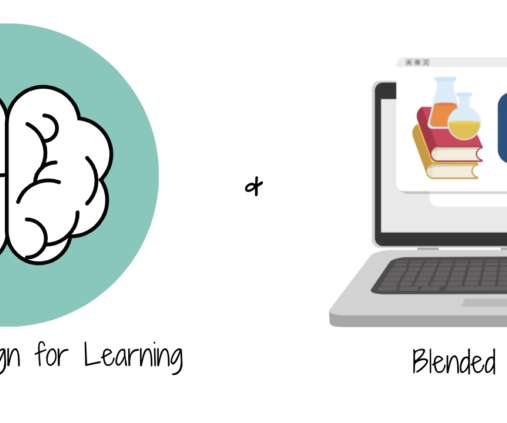Universal Design for Learning: What Educators Need to Know
Waterford
AUGUST 6, 2021
As a teacher, one of the best ways to help students is by reducing barriers to learning. One approach that can help you achieve this is the Universal Design for Learning. Read on to discover what the Universal Design for Learning is all about and how it can reduce educational barriers for students.
















Let's personalize your content